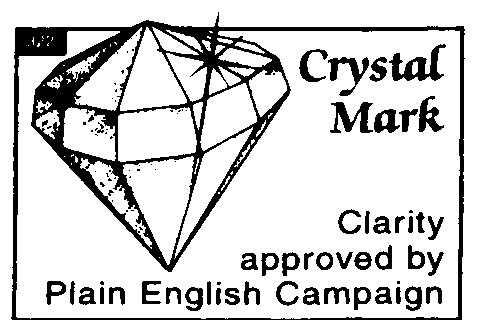
|
|
What you should know
about Humatrope
Please read this leaflet carefully before starting your child on Humatrope. It does not contain all the information that you may need to know, so please ask your doctor or pharmacist if you have any questions. This leaflet only applies to Humatrope.
|
What is in your Humatrope Your medicine is called Humatrope. It is a brand of human growth hormone (also called somatropin). Humatrope is a powder and comes in bottles of 4 International Units (1.48mg human growth hormone) or 16 International Units (5.92mg human growth hormone). The bottles also contain mannitol, glycine and dibasic sodium phosphate. Each bottle of Humatrope comes with a bottle of sterile Diluent (liquid) which has m-cresol and glycerol in it. Use the 2ml Diluent with the 4-unit bottle of Humatrope and the 8ml Diluent with the 16-unit size. |
|
|
Human growth hormone is a protein hormone which is made in the laboratory by a 'recombinant DNA technology' process. It has the same structure as the hormone that the body produces. It is important for normal bone growth in children and teenagers.
Humatrope is made by Lilly France SA, Rue du Colonel Lilly, 67640 Fegersheim, France. The product licence is held by Lilly Industries Limited, Dextra Court, Chapel Hill, Basingstoke, Hampshire, RG21 2SY.
|
Why Humatrope? Humatrope is used to treat children and teenagers who do not develop to their normal height because of poor bone growth. Growth hormone deficiency or Turner's syndrome are medical conditions which result in slow bone growth. |
|
Before injecting Humatrope Make sure it is safe for the patient to be injected with Humatrope.
|
|
Using Humatrope Your doctor will tell you which Humatrope strength to use; how much to use; and where to inject it. The patient's total dose each week will depend on his or her body weight or body size (surface area). Use Humatrope exactly as your doctor tells you to. The usual dose is:
Inject up to 0.07 international units per kilogram of body weight (0.026mg per kilogram) once a day. Or Inject up to 0.16 international units per kilogram of body weight (0.06mg per kilogram) on 3 days each week.
Inject 0.8 to 0.9 international units (0.30 to 0.33mg) per kilogram of body weight each week. Divide the total weekly dose into 6 or 7 doses and inject one dose each day. Inject Humatrope under the skin. Humatrope can be injected under the skin or into a muscle. |
|
Please read the back of this leaflet |
|
What you should know about Humatrope - continued
|
Mixing, Preparing and Injecting Humatrope You must not mix Humatrope or Inject it until your doctor has trained you to do it correctly. Make sure that everything you use in the procedure is sterile.
You must only mix Humatrope with Diluent. Never mix it with anything else unless your doctor tells you to. He or she will tell you to use 'Water for Injections' if the patient is extremely sensitive to m-cresol. In this case, mix the powder with 'Water for Injections' instead of Diluent. You must get the 'Water' from your pharmacist or doctor. Do not use tap water. Make up and use one dose out of each bottle and use the dose within 24 hours. Safely dispose of the leftover mixture. Your doctor will tell you what size of syringe and needle to use and how much Diluent to add. It will usually be 0.5 to 2.0ml with the 4-unit size or 2.0 to 8.0ml with the 16-unit size.
|
Use the method and needles your doctor has told you to use and follow this general advice:
When the needle is in place, slowly pull back on the plunger. If blood comes into the syringe, take out the needle; safely dispose of the syringe and drug, and start all over again. If no blood comes into the syringe, slowly inject the mixture into the muscle.
If you have any questions, please ask your doctor. |
|
While using Humatrope |
|
How to store Humatrope Do not use Humatrope after the 'Use Before' date. Both before and after mixing, keep your Humatrope and Diluent in a fridge, between 2° and 8°C. Do not freeze the Diluent or the mixed bottle. Humatrope can be used for up to 14 days after mixing if you keep it in these conditions. Do not keep the mixed Humatrope in plastic syringes. |
REMEMBER: This medicine is for a child. Never give it to anyone else. It may harm them, even if their symptoms are the same.
‘Humatrope' is a registered trademark of Eli Lilly and Company (USA).
Date of Leaflet Preparation: October 1993
© Eli Lilly and Company Limited, 1993.